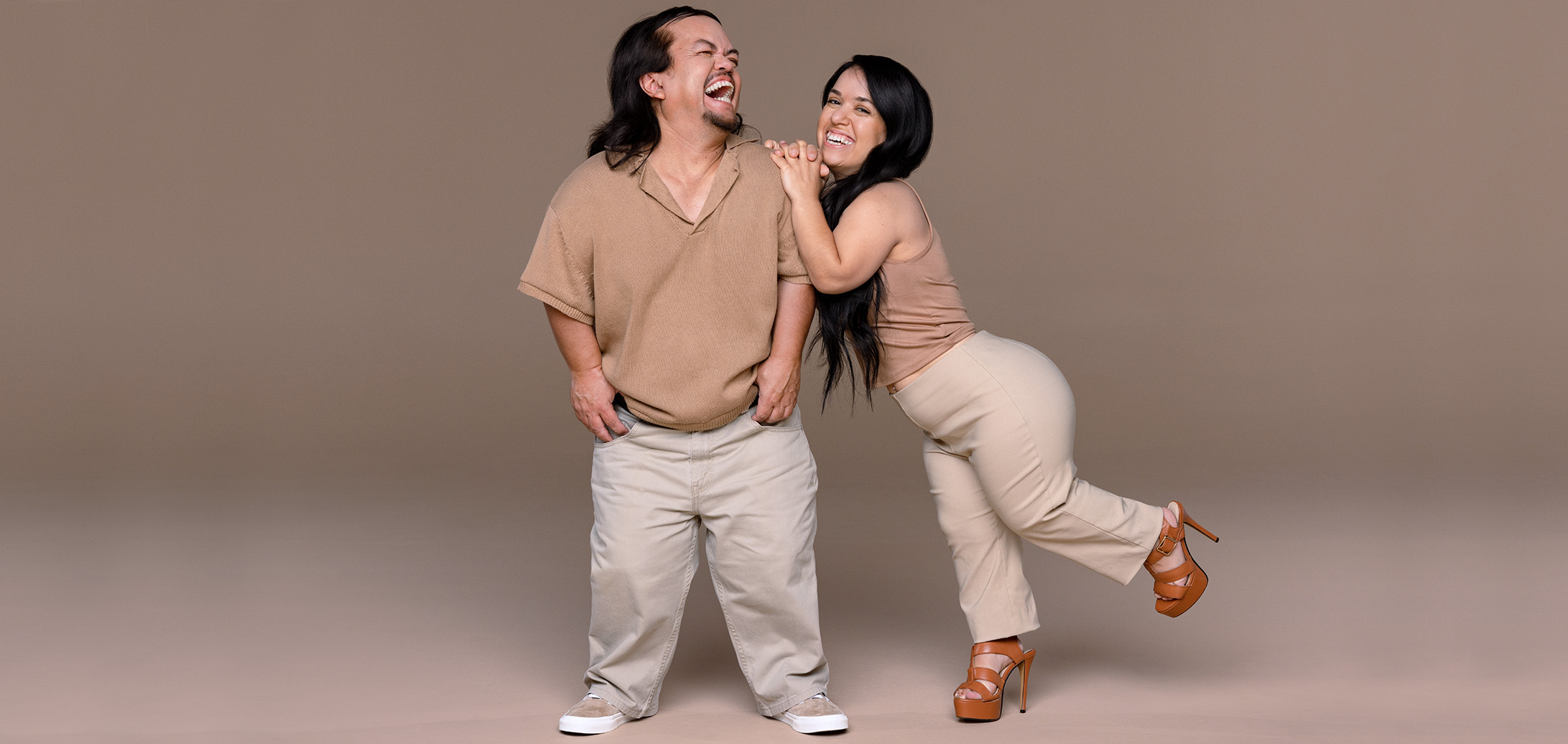Dwarfism

Dwarfism is short stature condition that is the result of a genetic mutation. People are born with the mutation, and anyone under the height of 4 feet, 10 inches is considered a dwarf. There are different types of dwarfism: disproportionate dwarfism and proportionate dwarfism. The symptoms can vary slightly, but both types describe a short stature condition.
Risk Factors for Dwarfism
Although a random mutation causes dwarfism, certain risk factors can contribute to mutation and dwarfism. Those risk factors include:
A child who has a parent or parents with achondroplasia dwarfism
Children with parents that have a mutated FGFR3 gene
Advanced paternal age causing mutations
Causes of Dwarfism
Dwarfism is caused by a gene mutation. It can occur in either the sperm or the egg and is usually a random mutation. Certain causes and diseases associated with dwarfism include:
Turner syndrome
Growth hormone deficiency
Poor nutrition
Dwarfism Symptoms
The symptoms of dwarfism are usually apparent at birth in cases of disproportionate dwarfism. Proportionate dwarfism can be harder to diagnose as the symptoms are less obvious.
Disproportionate Dwarfism Symptoms
An average-size trunk
Short arms and legs with particularly short upper arms and upper legs
Short fingers, often with a wide separation between the middle and ring fingers
Limited mobility at the elbows
A disproportionately large head with a prominent forehead and a flattened bridge of the nose
Progressive development of bowed legs
Progressive development of swayed lower back
An adult height around 4 feet (122 cm)
Proportionate Dwarfism Symptoms
Height below the third percentile on standard pediatric growth charts
Growth rate slower than expected for age
Delayed or no sexual development during the teen years
Diagnosis of Dwarfism
Doctors are often able to diagnose disproportionate dwarfism with an ultrasound or at birth. Proportionate dwarfism is a little harder to diagnose. Doctors use a variety of tools and tests to confirm both dwarfism diagnoses. Those can include:
Measurements
Imaging testing
Genetic tests
Family history
Hormone tests
Treatment for Dwarfism
Treatment is focused on helping the patient to be mobile and independent. There is no cure or treatment that improves dwarfism, and most people who have it don’t see it as a disability. They learn to adapt and can live normal lives. Some people who suffer from dwarfism may also require treatment for complications related to dwarfism. Common treatments include:
Surgery
Limb lengthening
Regular checkups
Prognosis for Dwarfism
The prognosis for someone with dwarfism is good, and most people are able to live normal lives. Many people do need to make changes to their homes and vehicles so that they are able to operate and use them more easily. Some people do suffer from health problems and complications related to dwarfism and may require ongoing treatment and care.
Complications of Dwarfism
There are some complications that come with dwarfism. Many people who have dwarfism do not experience any complications, but others can suffer from numerous and severe issues related to the condition. Some common complications include:
Bowed legs
Progressive hunching of the back
Narrowed channel in the lower spine
Pressure at the base of the skull

